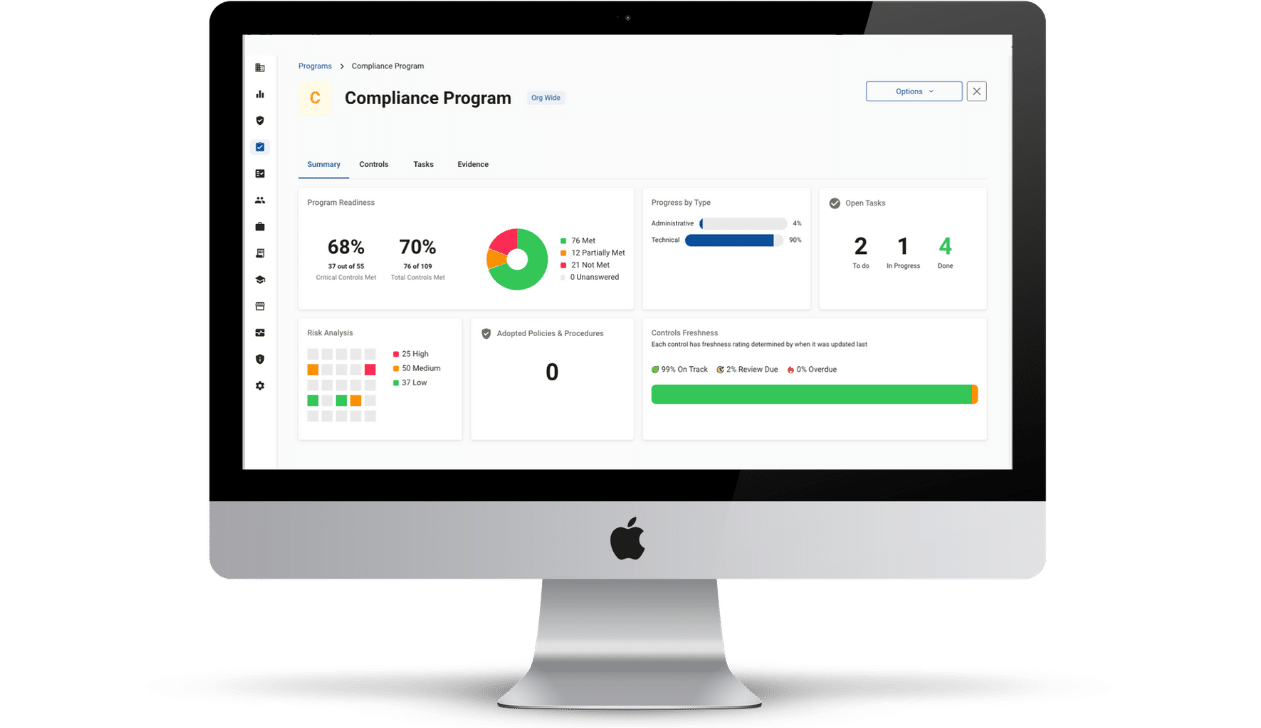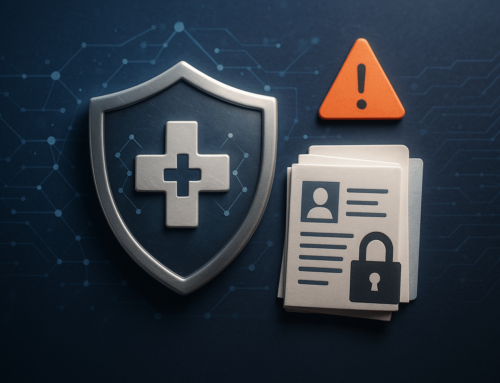That means it’s even more important than ever to protect the health and safety of current employees. The Occupational Health and Safety Administration (OSHA) enforces workplace safety standards for all industries, including those in healthcare. What must-haves do you need to include in your OSHA training guide for medical employees?
OSHA Training Guide for Medical Employees: The Basics
OSHA requires employers in medical practices to provide annual training to employees on various health and safety topics. The specific training requirements depend on the nature of the work performed and any associated hazards.
Some common topics that should be addressed in OSHA training guides for healthcare workers include:
- Bloodborne pathogens: Training should include the dangers of bloodborne diseases, such as HIV and Hepatitis B, and the proper procedures for handling and disposing of contaminated materials.
- Hazard communication: Training should include the safe handling and use of chemicals and other hazardous materials used in the workplace.
- Emergency action plans: Training should include the procedures to follow in the event of a fire or other emergency. This should include evacuation plans, first aid procedures, and the location of emergency equipment.
- Personal protective equipment (PPE): Training should include the proper use of OSHA PPE for healthcare, such as gloves and goggles, to protect themselves from hazards in the workplace.
- Workplace violence: Training should include recognition and response to workplace violence incidents, including proper reporting procedures.
- Fire safety: Training should include fire prevention and fire evacuation procedures.
- Ergonomics: Training should include proper body mechanics and safe work practices to prevent musculoskeletal injuries. While OSHA does not provide specific training requirements in this area, high-risk industries such as healthcare, should consider implementing an ergonomic process.
Annual OSHA training is a requirement of OSHA healthcare compliance, but it is essential to remember that compliance encompasses more than just training.
You Need More Than an OSHA Manual for Medical Offices
In addition to providing training to employees, there are several other steps that a medical employer can take to ensure their business is OSHA compliant:
- Develop written programs and procedures: OSHA requires employers to have written policies and procedures for specific areas, such as bloodborne pathogens, hazard communication, and emergency action plans. These written programs should be reviewed and updated regularly to remain current and effective.
- Conduct regular safety inspections: Regular safety inspections can help identify and correct potential hazards before they cause harm. Employers should document the results of these inspections and take appropriate action to address any identified risks.
- Provide proper safety equipment and controls: Employers should provide appropriate safety equipment and controls, such as personal protective equipment, to protect employees from hazards in the workplace. Equipment should be properly maintained and replaced as necessary.
- Recordkeeping: Employers must keep accurate records of workplace injuries and illnesses and post an annual summary of these records in a visible location. Employers should also retain records of employee training and safety inspections.
- Post OSHA posters: Employers must display the OSHA poster in a visible location, which informs employees of their rights and responsibilities under the OSHA law.
- Address employee complaints and concerns: Employers should have a process for addressing employee complaints and concerns about workplace safety and respond to these concerns promptly and effectively.
- Stay informed of changes to OSHA regulations: OSHA regulations are subject to change, and it is the employer’s responsibility to stay informed of any changes that may impact their business.
Compliancy Group’s upcoming OSHA Compliance software will be able to help medical employers meet OSHA requirements and develop an effective OSHA compliance strategy that will work in tandem with our industry-leading HIPAA Compliance solution.










